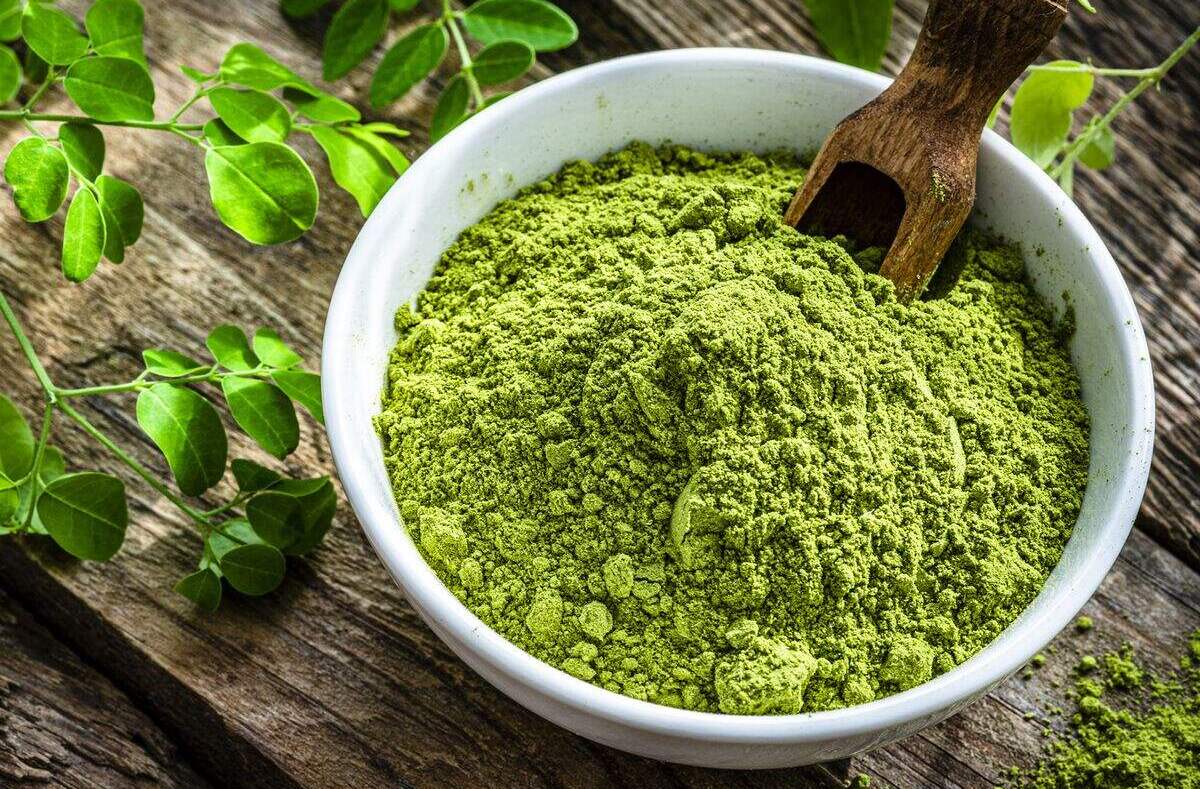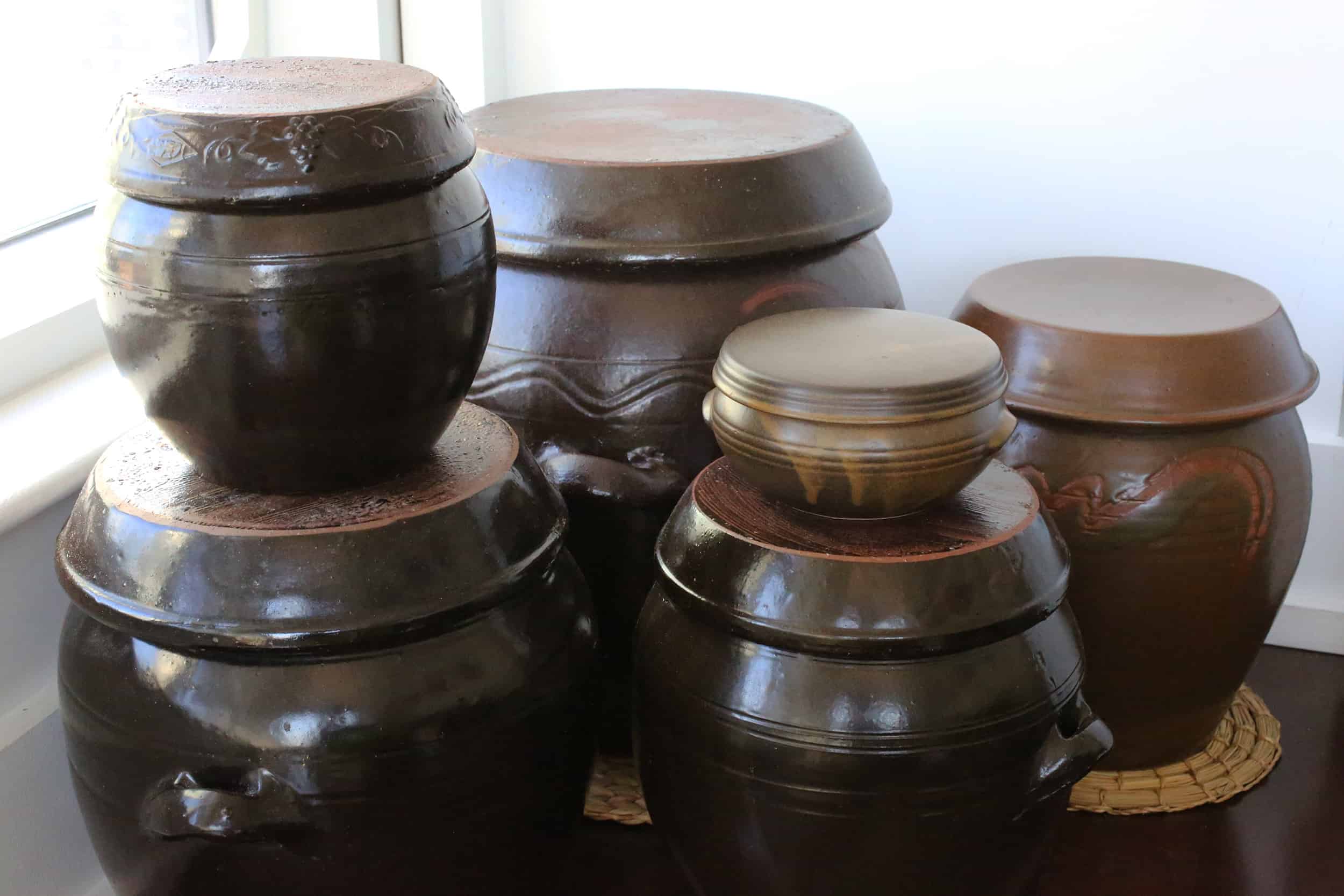Unlocking the Benefits of Fermented Beans
Beans are a versatile and nutritious staple in many diets around the world. They are a great source of protein, fiber, and essential nutrients. But have you ever considered fermenting beans to enhance their nutritional value and flavor? Fermentation is a natural process that can transform beans into a probiotic-rich food with numerous health benefits.
The Benefits of Fermenting Beans
Fermenting beans can significantly increase their nutritional value and digestibility. Here are some of the benefits of fermenting beans:
- Improved Digestibility: Fermentation breaks down complex sugars and starches in beans, making them easier to digest.
- Enhanced Nutrient Absorption: Fermentation can increase the bioavailability of nutrients in beans, including vitamins and minerals.
- Probiotic Power: Fermented beans are rich in beneficial bacteria that support gut health and overall well-being.
- Rich Flavor: Fermentation can impart a unique and tangy flavor to beans, making them a delicious addition to various dishes.
How to Ferment Beans
Fermenting beans at home is a simple and rewarding process. Here’s a basic method for fermenting beans:
- Soak the Beans: Start by soaking the beans in water for 8-12 hours. This helps to soften the beans and initiate the fermentation process.
- Drain and Rinse: After soaking, drain and rinse the beans thoroughly to remove any antinutrients and reduce the risk of mold formation during fermentation.
- Fermentation Vessel: Transfer the beans to a clean and sterilized fermentation vessel. You can use a glass jar or a ceramic crock for this purpose.
- Add Salt and Water: Dissolve salt in water to create a brine solution. The general rule of thumb is to use 1-2% of the weight of the beans in salt. Pour the brine over the beans, ensuring that they are fully submerged.
- Fermentation Weight: Place a fermentation weight on top of the beans to keep them submerged in the brine. This helps to prevent the growth of mold and ensures an anaerobic environment for fermentation.
- Fermentation Time: Cover the vessel with a clean cloth or lid to allow air circulation while keeping out contaminants. Let the beans ferment at room temperature for 3-7 days, depending on your preference for the level of fermentation.
- Taste and Enjoy: Once the beans have reached the desired level of fermentation, taste a small portion to check for flavor and texture. You can then transfer the fermented beans to the refrigerator to slow down the fermentation process and enjoy them in various dishes.
Ways to Enjoy Fermented Beans
Once you have successfully fermented beans, there are numerous ways to incorporate them into your meals:
- Fermented Bean Dip: Blend fermented beans with garlic, olive oil, and herbs to create a flavorful and probiotic-rich dip.
- Fermented Bean Salad: Toss fermented beans with fresh vegetables and a tangy vinaigrette for a nutritious and delicious salad.
- Fermented Bean Tacos: Use fermented beans as a filling for tacos, burritos, or wraps for a satisfying and gut-friendly meal.
- Fermented Bean Soup: Add fermented beans to your favorite soup or stew recipes to elevate their nutritional content and depth of flavor.
Experiment with different spices and seasonings to create unique dishes featuring fermented beans. The possibilities are endless!
Final Thoughts
Fermenting beans is a simple and rewarding way to enhance their nutritional value and flavor. By incorporating fermented beans into your diet, you can support your gut health, improve nutrient absorption, and enjoy a delicious and probiotic-rich food. So, why not give fermenting beans a try and unlock their full potential?
Was this page helpful?
Read Next: How To Ferment Green Peas











